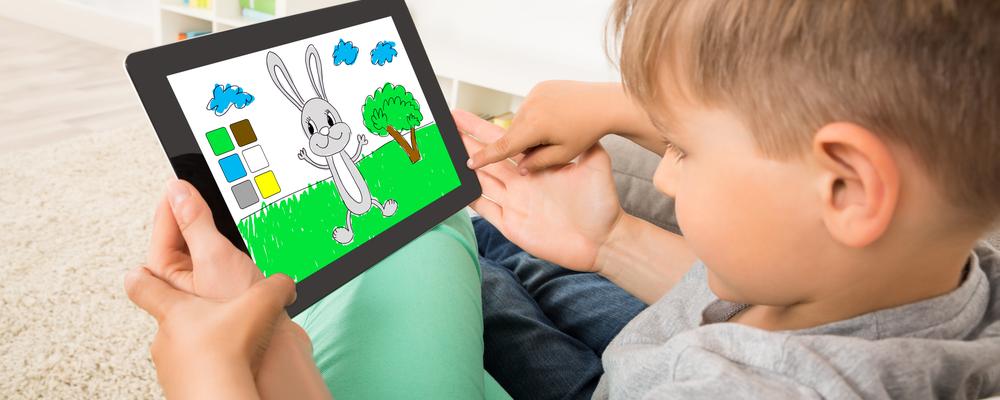
- Home
- Research
- Find research
- Interpersonal and movement synchronisation in ESSENCE
Interpersonal and movement synchronisation in ESSENCE
Max Thorsson has recently become a PhD student at the Gillberg Neuropsychiatry Centre, and he joins us here to talk about his research.
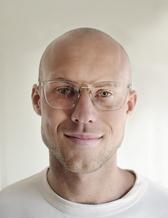
Max, you have recently become a PhD student. Can you please tell me what your project is about?
Absolutely! My project is about interpersonal synchronisation and motor control. Interpersonal synchronisation refers to how our motor and autonomic nervous systems are adjusted and adapted to the person in front of us. Examples of motor synchronisation are body language, eye movements and facial expressions. Examples of synchronisation in the autonomic nervous system are pulse and pupil size. Difficulties in interaction are something that often recur within ESSENCE and synchronisation between individuals is something that is very complex in itself, and thus complicated to investigate. Synchronisation can also take place between an individual and an object, for example when catching a ball. I believe that the coordination of several different processes is important for this. You need to pay attention at just the right moment, to coordinate your movements with just the right force, to smoothly catch the ball.
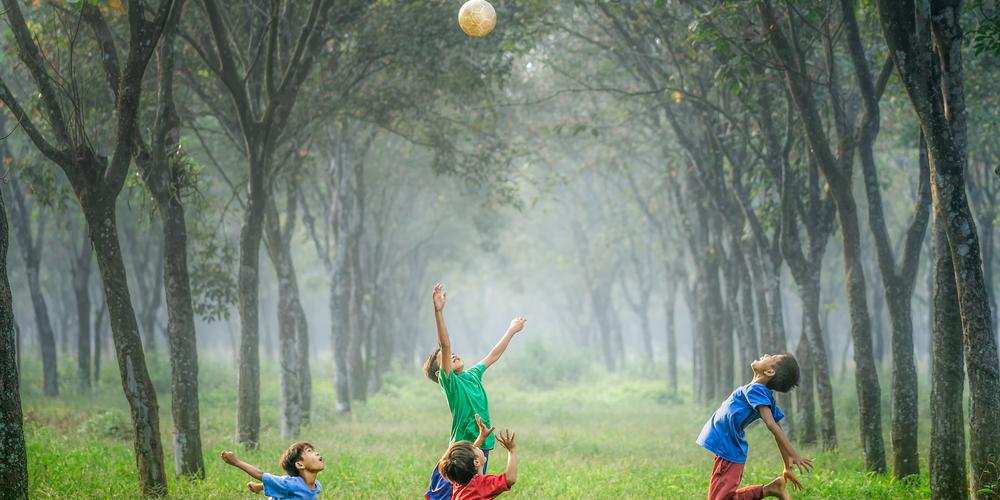
Why did you decide to enter the world of research?
First of all, I think it's because I've always been inquisitive. Sooner or later you end up in a situation where no one really knows the answer to your questions, and then you have to do your own research so that you hopefully get an answer. Secondly, there is also an incredible amount that I do not yet know that I want to learn.
It's fun to know that there is a lot I have in front of me to learn. I believe that the more we understand, the more we can do right and better.
Why are you interested in this particular research area?
I have always been interested in perception and movement. For me, these are cornerstones of how we see and interact with our surroundings.
I think this picture can represent my project.
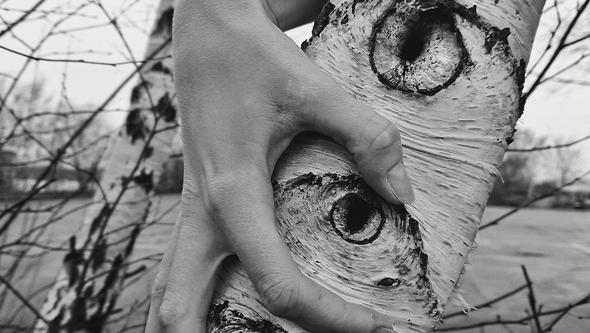
I believe that both motor control and perception are very important for interaction. Motor control set muscles in motion and perception handles sensory impressions. To me, the hand symbolises motor control and the black grooves of the birch, which can be perceived as eyes. Interestingly enough, when you see, feel or reflexively react, you also send something out to the surroundings. Like a picture. Then you must not forget that eye movement is also motor control.
At first I thought I would say that I'm basically a physiotherapist, but I'm not really. I was initially a parkour trainer, activity and college leader, and in these jobs I met many children with and without diagnoses. I believe that exercise and movement are incredibly important for us humans, and absolutely for people with neuropsychiatric disabilities. Therefore, I became a physiotherapist and started research, where my project has movement analysis and neuropsychiatric disabilities at the heart of it. A perfect match!
What are you currently working on?
At present, there does not seem to be a system for registering two individuals in a good way during social interaction with sufficient quality and which provides sufficient information about both persons at the same time. So I'm working on developing it. In addition, I am doing a motor assessment that also involves synchronisation, but instead in the form of a fun touch screen-based game. I think it is very important that the children I test have fun. Children, and for that matter of course adults, with disabilities, already have too many "boring" scheduled meetings. I think that research should be a positive thing, just as the school and care contacts should be, that is when everyone gets the best out of the situation.
What challenges do you envisage facing during your PhD?
Making all the technology, code and neural networks work is a great challenge. It is an intertwining of several elements where you do not really know what to expect. I knew nothing about programming just over two years ago, and now it's flowing, I think if I learn something new every day things will progress.
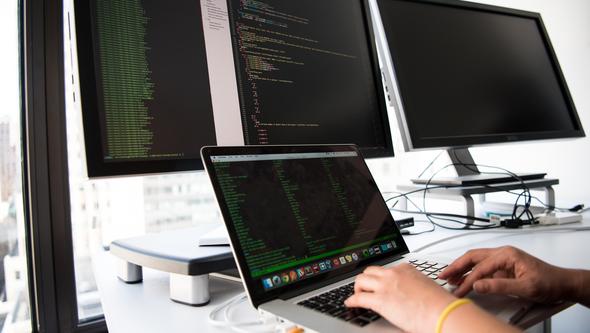
What do you think will be the highlight of your PhD career?
The data collection, as my hope is that the participants will find it fun to participate. Producing something from scratch and seeing how it works and finally getting to see the results will also be exciting, but the journey there is probably the highlight. I look forward to making the method as good as possible and challenging it and meeting new challenges. I look forward to understanding and learning as much as possible.